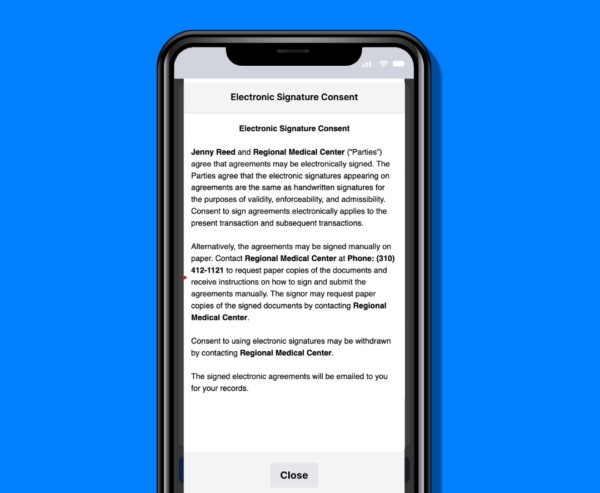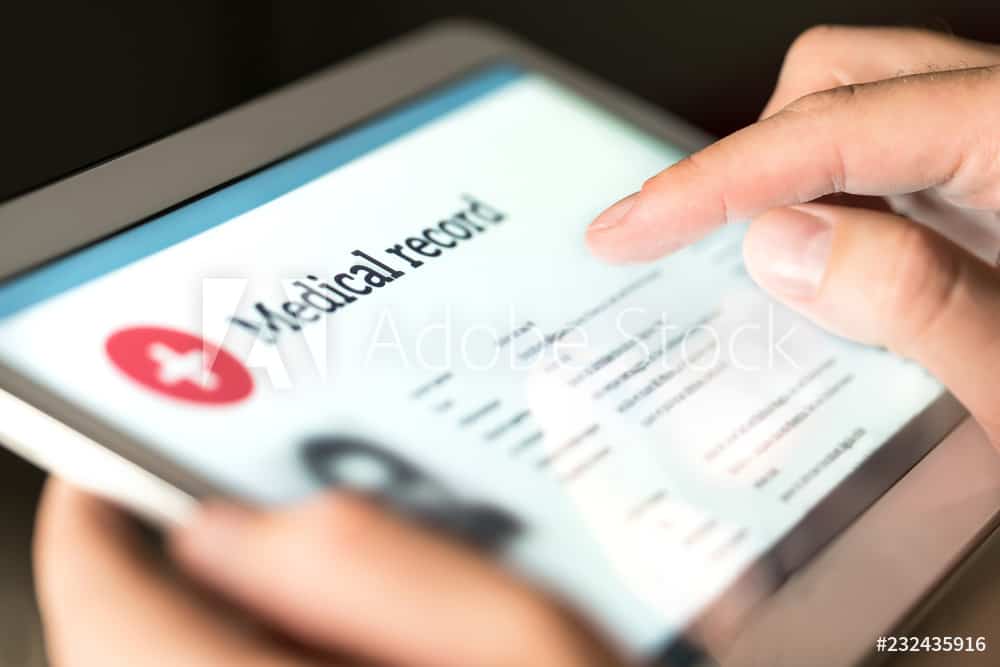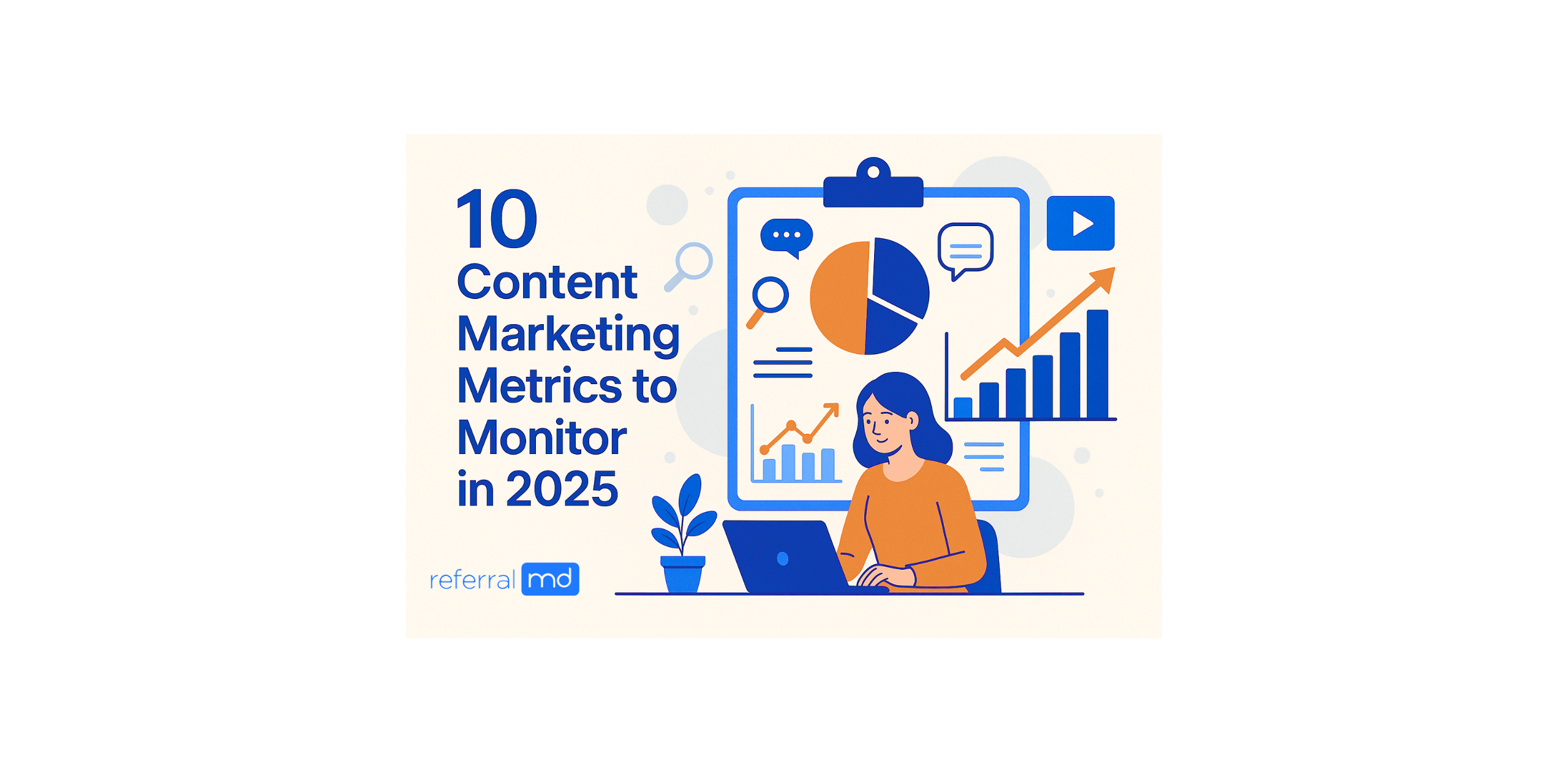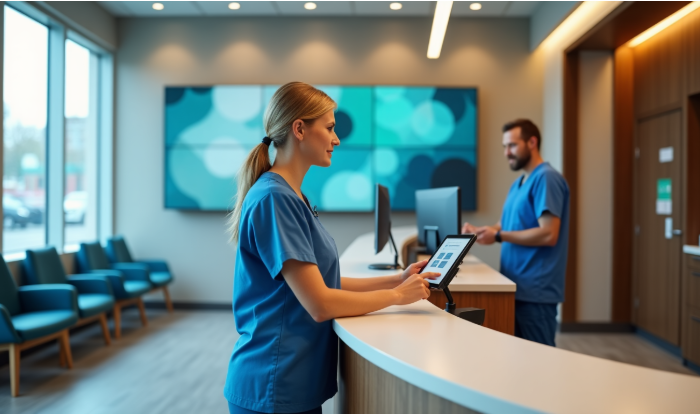Introduction
Consumers can compare options, read reviews, and make informed purchase decisions in nearly every industry. From buying a television to booking a vacation, we expect to have all the necessary information. Yet in healthcare, one of the most critical services, patients often face barriers to access and information. They may be limited to providers within their insurance network or unsure about the costs of treatments until after the fact.
Fortunately, technology is bridging this gap, empowering patients to take a more active role in healthcare. From online scheduling and public physician reviews to digital access to medical records, tools that improve patient access transform the healthcare experience for patients and providers. Explore why improving patient care is essential and examine the benefits and challenges of implementing these tools in your practice.
Why Improving Patient Access Matters
Patient access encompasses many factors, from affordability and proximity to the availability of healthcare information. In this discussion, we focus on how improving access to information—such as scheduling tools, medical records, and communication systems—can help patients feel more in control of their healthcare journey.
A study by IBM highlights how technology is reshaping healthcare, with individuals generating more health data today than ever. By leveraging this data and providing better access to information, patients can become active participants in their care. Dr. Mary P. Griskewicz summarized it best: “There’s a gap in educating patients that they Have a right to their health information and need to become active participants in their healthcare.”
When patients are more engaged, every “e” benefits, and patients gain clarity, confidence, and satisfaction, while healthcare providers experience improved outcomes and a smoother care delivery process.
Top Benefits of Improving Patient Access
1. Increased Patient Satisfaction
Providing patients access to their medical records, scheduling tools, and communication platforms allows them to feel informed and in control. Patients who understand their care plans are more likely to trust their providers, accept treatments, and feel satisfied with their overall experience.
2. Enhanced Communication
Tools like appointment reminders, secure messaging, and patient portals improve communication, particularly for chronically ill patients who require frequent follow-ups. Digital access reduces misunderstandings, streamlines workflows, and ensures that patients have the information they need when they need it.
3. Improved Accuracy in Records
Giving patients access to their medical records allows them to spot errors, such as incorrect medications or missing diagnoses. This helps maintain accurate records, reduces risks, and ensures that healthcare providers can deliver more effective care.
Challenges of Improving Patient Access
While the benefits of improved patient access are clear, there are challenges to consider:
1. Cybersecurity Risks
Digitizing sensitive patient information introduces the risk of data breaches. Hackers often target medical records due to the valuable personal data they contain. To mitigate these risks, practices must invest in robust cybersecurity measures, educate staff, and regularly update systems.
2. Patient Engagement Barriers
Convincing patients to adopt new technologies, such as patient portals, can be challenging. Providers must emphasize the benefits of these tools and develop strategies to encourage consistent usage, such as in-person demonstrations or financial incentives.
3. Negative Online Reviews
While platforms like ZocDoc offer transparency through patient reviews, negative feedback can impact a practice’s reputation. Providers must practice personally and professionally to deal with negative reviews and learn from constructive criticism to improve services.
How ReferralMD Enhances Patient Access
ReferralMD’s platform offers innovative ReferralMD’sat address the challenges of improving patient access while amplifying its benefits:
- Online Scheduling and Referrals:
Patients can schedule appointments and manage referrals through an intuitive, user-friendly interface, reducing barriers to care. - Seamless Communication:
ReferralMD automates appointment reminders, follow-ups, and updates, keeping patients informed and engaged. - Data Accuracy and Integration:
The platform integrates with Electronic Health Records (EHRs), ensuring patient data is accurate and easily accessible to providers. - Advanced Analytics:
ReferralMD provides insights into patient engagement and care patterns, enabling providers to make data-driven decisions to improve access and outcomes.

Best Practices for Improving Patient Access
- Invest in Technology:
Adopt tools like online scheduling, patient portals, and referral management platforms to streamline processes and improve accessibility. - Educate Patients:
Clearly explain the benefits of these tools and provide hands-on demonstrations to encourage adoption. - Prioritize Security:
Implement strong cybersecurity measures and regularly train staff to protect sensitive patient data. - Respond to Feedback:
Use patient feedback, both positive and negative, to continuously improve your practice and maintain trust.
Conclusion
Improving patient access is no longer optional—it’s a necessity in today’s healthcare environment. By developing solutions that enhance convenience, communication, and data accuracy, healthcare providers can foster stronger patient relationships, improve outcomes, and stay ahead in a competitive landscape.
Platforms like ReferralMD are leading the charge, offering solutions that streamline access while addressing the challenges of security and engagement. With the right strategies, improving patient access can transform the healthcare experience for patients and providers.
How is your practice improving patient access? Share your experiences in the comments below!











